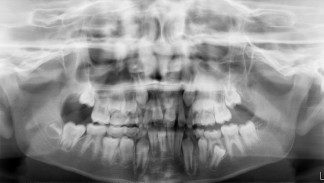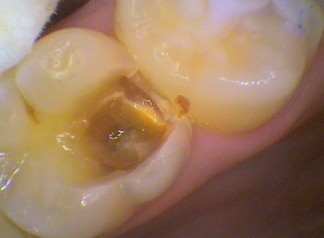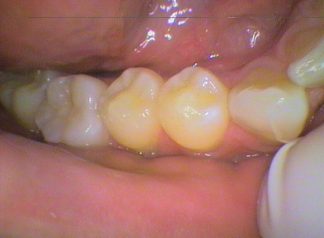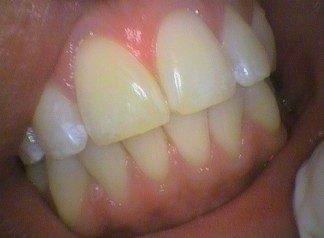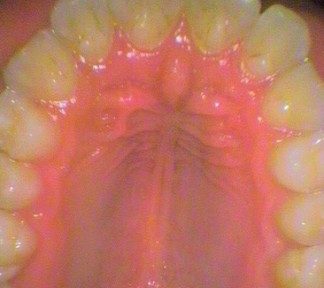Need an Appointment?
If you'd like to book an appointment with the dentist at Seymour Dental then contact us, or call us in Dulwich Hill, Sydney on (02) 9564 2397.
The teeth are the hardest substances in the human body. They are composed of:
- Enamel: this the outermost layer of the tooth and the hardest part of the tooth, made of mostly calcium phosphate
- Dentine: this is the second layer of the tooth, made of living cells and it has channels that allow movement to and from the nerve
- Pulp: this is the innermost layer of the tooth where the nerve and blood vessels are located
Each tooth has a crown which is the part that protrudes into the mouth, and the root which is the part that lies in the jaw below the gum line.
The teeth have two types of biting surfaces:
- Incisal edge: is a flat edge with slightly rounded corners
- Cusps: These look like rounded mountain peaks
Other anatomy includes:
- Fissures: which are grooves between the cusps, and can be found also can be down the sides of teeth
- Pits: this is a groove that looks like a full stop
(Sometimes these pits and grooves are so deep that bacteria can hide and may cause decay. They can be impossible to clean so a pit and fissure sealant treatment may be necessary.) - Ridges: is a raised area, like a roll, but does not come to a peak.
- Cingulums: is a rounded ball shape typically found near the gum line at the back of front teeth.
The adult mouth typically has 32 teeth while children typically have 20 milk or deciduous teeth in the mouth.
These include:
- Incisors (8 total): the four central front upper and lower teeth, used to bite into food. These teeth have incisal edges and a cingulum.
- Canines (4 total): these lie just outside the incisors and are quite pointy and bulbous when they first erupt. They have one cusp and often a cingulum.
- Premolars (8 total): these lie between the canines and molars, and have 2 cusps. They are sometimes called bicuspids.
- Molars (8 total): the large squareish teeth at the back of the mouth used for grinding down food. They often have four cusps.
- Wisdom teeth/third molars (4 in total): these erupt around age 17-21 however not everyone may have these teeth or they may not always erupt for example if they are impacted. They also have four cusps.
Next week: Root Anatomy
 479 Marrickville Road
479 Marrickville Road